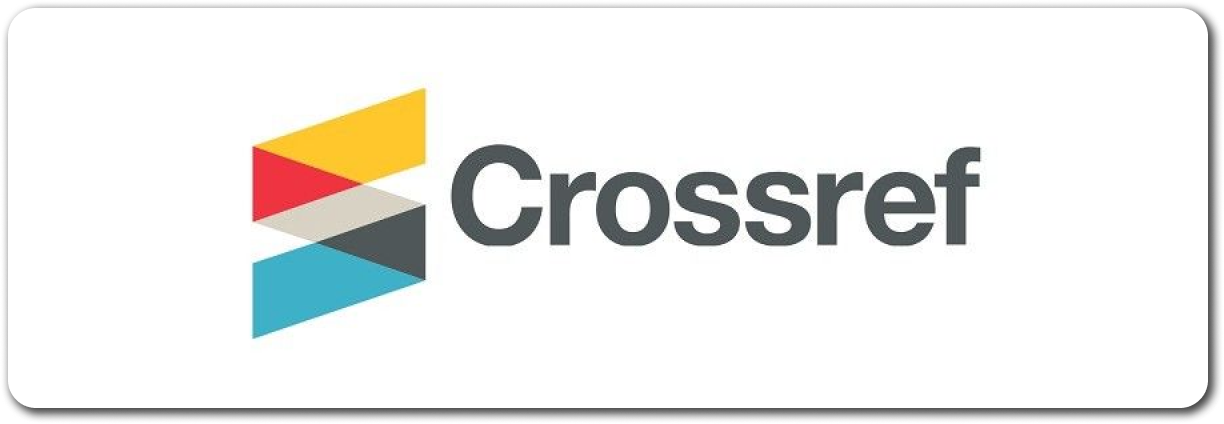EFEKTIVITAS PENERAPAN MODEL KOMUNIKASI TOTAL BAGI ANAK TUNARUNGU DI BHAKTI LUHUR
DOI:
https://doi.org/10.53544/jpp.v3i2.340Kata Kunci:
Anak Tunarungu, komunikasi totalAbstrak
Anak tunarungu adalah anak yang mengalami hambatan dalam mendapatkan akses bunyi bahasa melalui indera pendengaran sehingga perkembangan bahasanya mengalami hambatan, terutama perkembangan bahasa lisan. Perkembangan bahasa lisan dalam kehidupan sehari-hari merupakan alat komunikasi yang banyak digunakan orang dalam melakukan interaksi dengan sesamanya. Kesulitan dalam berinterkasi dengan orang dialami oleh anak tunarungu,sehingga membutuhkan penerapan model komunikasi total yang sesuai. Penerapan komunikasi total dapat digunakan sebagai alternatif untuk menyampaikan perasaan/pikiran/gagasan kepada orang lain. Ada berbagai model komunikasi total yaitu komunikasi total oral, manual, aural dan grafika. Penerapannya komunikasi total hendaknya disesuaikan dengan kebutuhan dan karakteristik anak tunarungu. Dalam penerapan komunikasi total sangat membutuhkan kerjasama dari guru, terapis dan orang tua untuk melatih anak tunarungu sehingga dapat berkembang dengan baik. Penelitian ini dilakukan terhadap 3 anak tunarungu di Bhakti Luhur. Tujuan dari penelitian ini untuk mendeskripsikan penerapan model komunikasi total untuk anak tunarungu. Jenis penelitian adalah deskriptif kualitatif. Data yang diperoleh dalam penelitian ini berdasarkan hasil wawancara, observasi terhadap 3 informan utama anak tunarungu dan 2 informan tambahan penanggungjawab wisma. Hasil dari penelitian menunjukan bahwa penerapan model komunikasi total bagi anak tunarungu di Bhakti Luhur kurang efektif.
Unduhan
Diterbitkan
Cara Mengutip
Terbitan
Bagian
Lisensi
Hak Cipta (c) 2022 Jurnal Pelayanan Pastoral

Artikel ini berlisensi Creative Commons Attribution-NonCommercial-NoDerivatives 4.0 International License.
Seluruh artikel yang diterbitkan dalam Jurnal Pelayanan Pastoral (JPP) dilisensikan di bawah Lisensi Creative Commons Attribution 4.0 International (CC BY 4.0).
Lisensi ini mengizinkan setiap orang untuk menyalin, mendistribusikan, menampilkan, dan membuat karya turunan dari artikel yang diterbitkan dalam jurnal ini, baik untuk tujuan komersial maupun non-komersial, dengan syarat mencantumkan pengakuan (atribusi) yang sesuai kepada penulis dan sumber aslinya.
Dengan menerbitkan naskahnya di JPP, penulis menyetujui bahwa:
- Artikel dapat digunakan kembali oleh pihak lain sesuai dengan ketentuan CC BY 4.0, dengan tetap mencantumkan atribusi yang benar.
- Penulis tetap memegang hak moral atas karya ilmiahnya.
- Jurnal Pelayanan Pastoral (JPP) tidak membatasi penyebaran artikel dalam repositori institusi, situs pribadi, atau media akademik lainnya.
Untuk informasi lebih lanjut, silakan kunjungi tautan resmi lisensi: https://creativecommons.org/licenses/by/4.0/
















